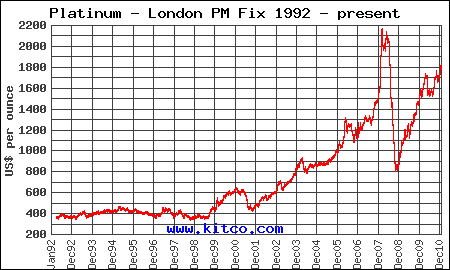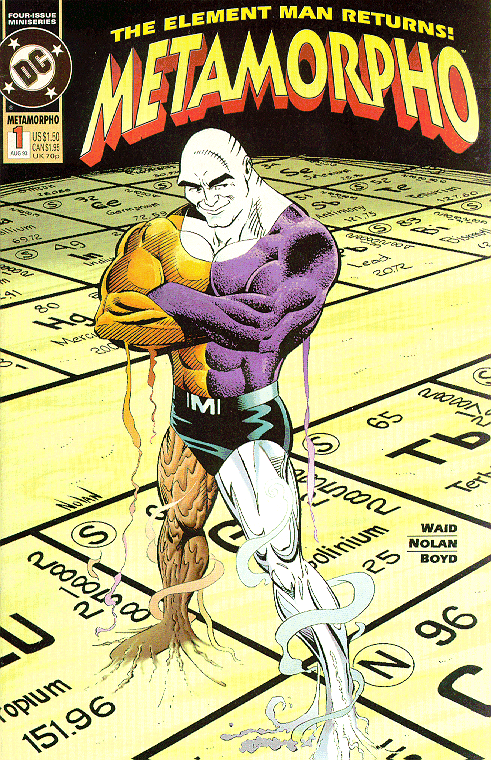|
NostoNews, February 1, 2011
by Tommy Jasmin Supply and Demand - Vanishing Elements Back in 2007 I did an article on the site on why a nickel is now worth a dime. A year earlier, I wrote a similar article called A penny saved is 1.4 pennies earned. The trend I was hinting at will continue to accelerate, and investors may want to take note. The supplies of certain rare elements are running out, fast. As I noted in the penny article, prior to 1982 pennies were 95% copper and 5% zinc. Due to the rising value of copper, the U.S. Mint changed the composition in 1982 to 97.5% zinc and 2.5% copper. There are many factors at play here, but the basic equation always boils down to supply and demand, and the supply of some precious elements is running out fast. The U.S. Mint is going to have to rethink that composition again soon, since some experts predict the world will run out of zinc in less than 30 years! My guess is the U.S. Mint will soon choose to simply do away with the penny altogether. Copper supplies will hold out much longer, and recycling is becoming so profitable copper has become a big target for thieves. Still, surging demand is driving the price of copper up fast. The price of copper tripled between 2003 and 2008. Demand from developing economies like China is fueling much of the increase. What other elements are on the road to extinction? We are all aware of the continued rise in value of silver and gold, but the one we should be watching really close is platinum. If you started buying U.S. bullion platinum coins in 1997, you are probably pretty pleased with your investment. Before the economic meltdown in 2008 the price of platinum spiked to $2250.00 an ounce, over twice the value of gold during that period. A big factor in the rising price of platinum is that it has a key industrial use as a component in smog-reducing catalytic converters for automobiles. 
Platinum value chart from kitco.com Some other elements that are running out fast (though they have nothing to do with collecting coins) are Europium (used in LCD displays for computers and televisions) and Indium (used in flat screen displays and GPS systems). Think about this: in about 5 years most people will be a walking GPS (cell phones). One expert, Armin Reller from the University of Augsburg, Germany, predicts the world supply of Indium will be exhausted by 2017. 
Enjoy that Europium leg while you can Thanks, we'll see you all next month. Visit our NostoNews Archive. |